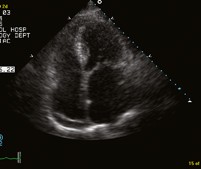Peer Reviewed
Feature Article Heart diseases
Current management of atrial fibrillation
Abstract
Rate control plus anticoagulation is the usual therapy for atrial fibrillation. A rhythm control strategy has not been shown to have prognostic benefits over rate control with anticoagulation but is useful for symptom management.
Key Points
- Most patients with atrial fibrillation are elderly or have hypertension and are at high risk of cardiac embolism.
- The goals of management include control of symptoms, preservation of left ventricular function and prevention of cardiac embolism.
- Rate control and anticoagulant therapy can be initiated in stable patients by the GP while awaiting specialist review.
- Anticoagulation is underutilised in high risk groups.
- A patient’s therapy should be re-evaluated over time because both the risk of embolism and the incidence of conduction disease increase with age.
Purchase the PDF version of this article
Already a subscriber? Login here.

